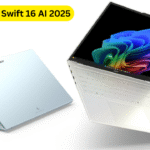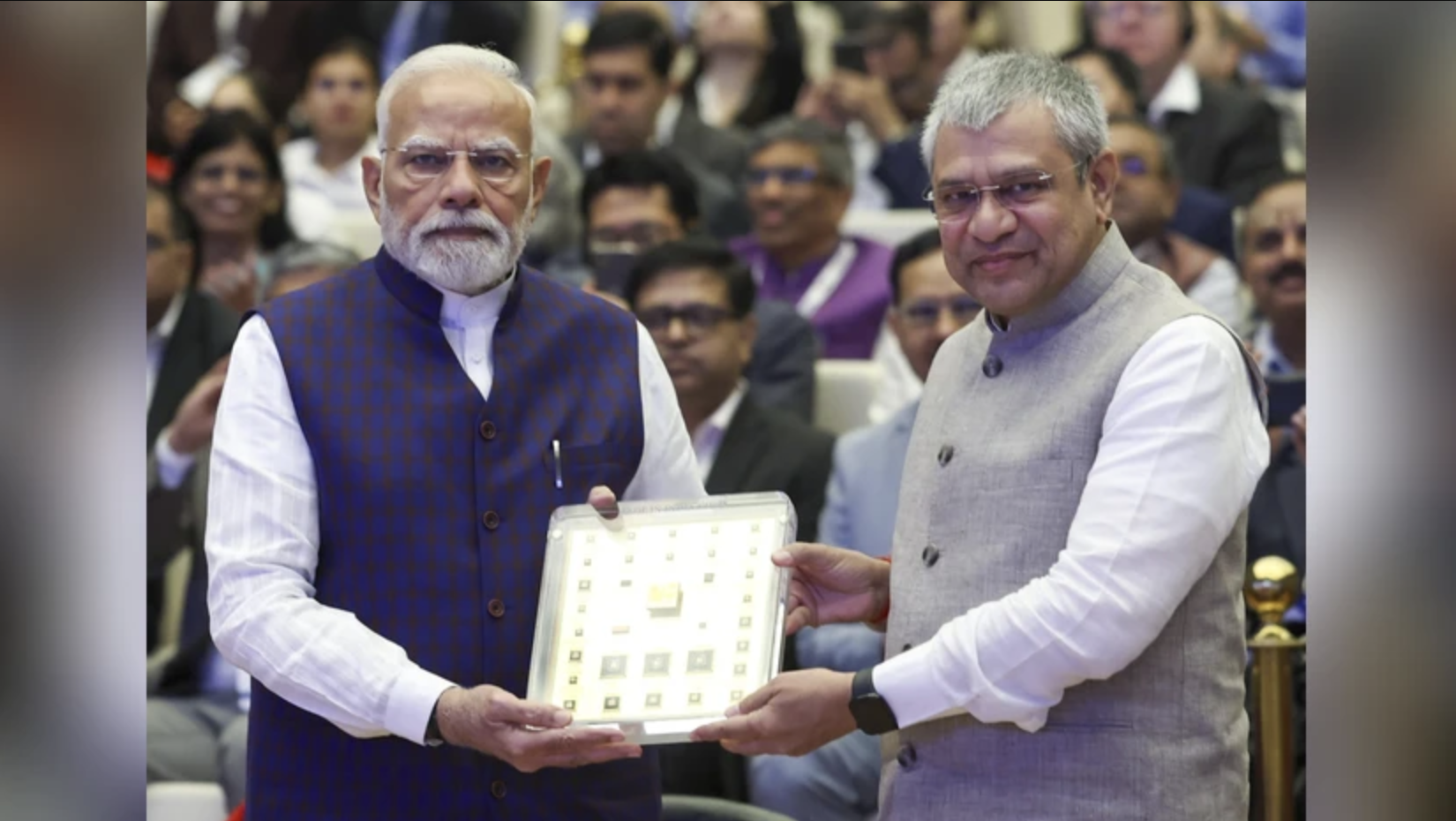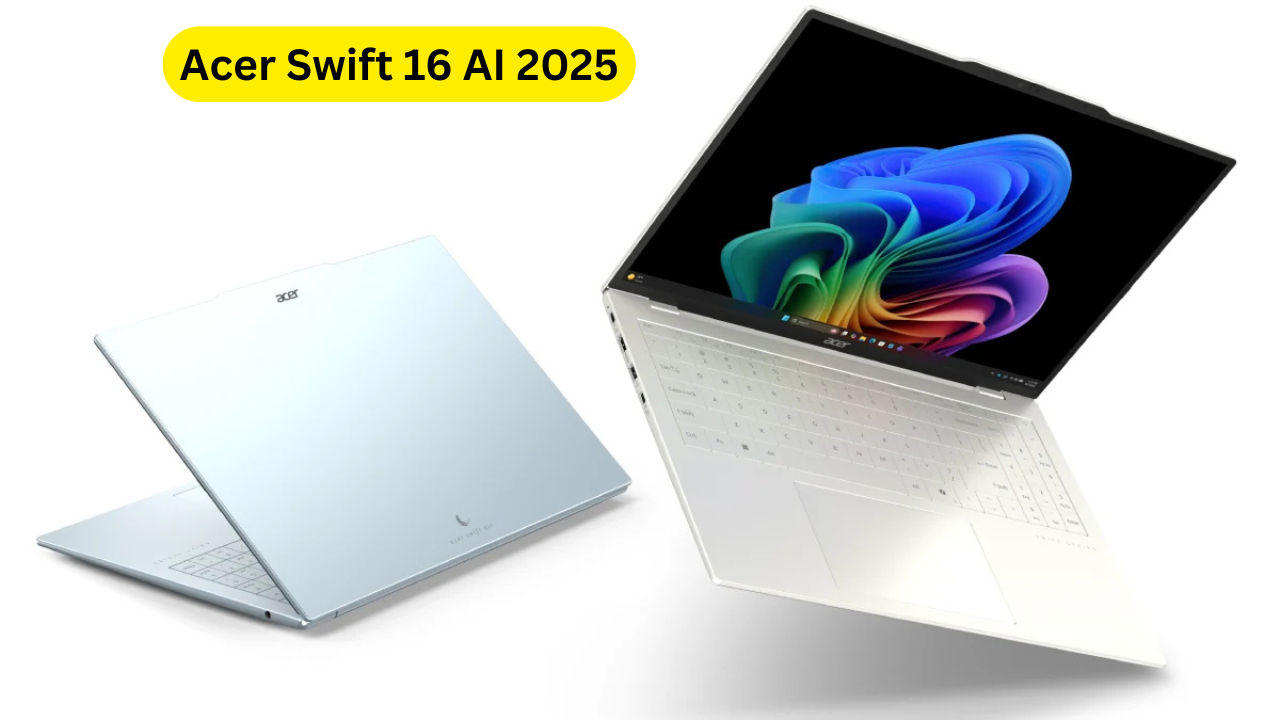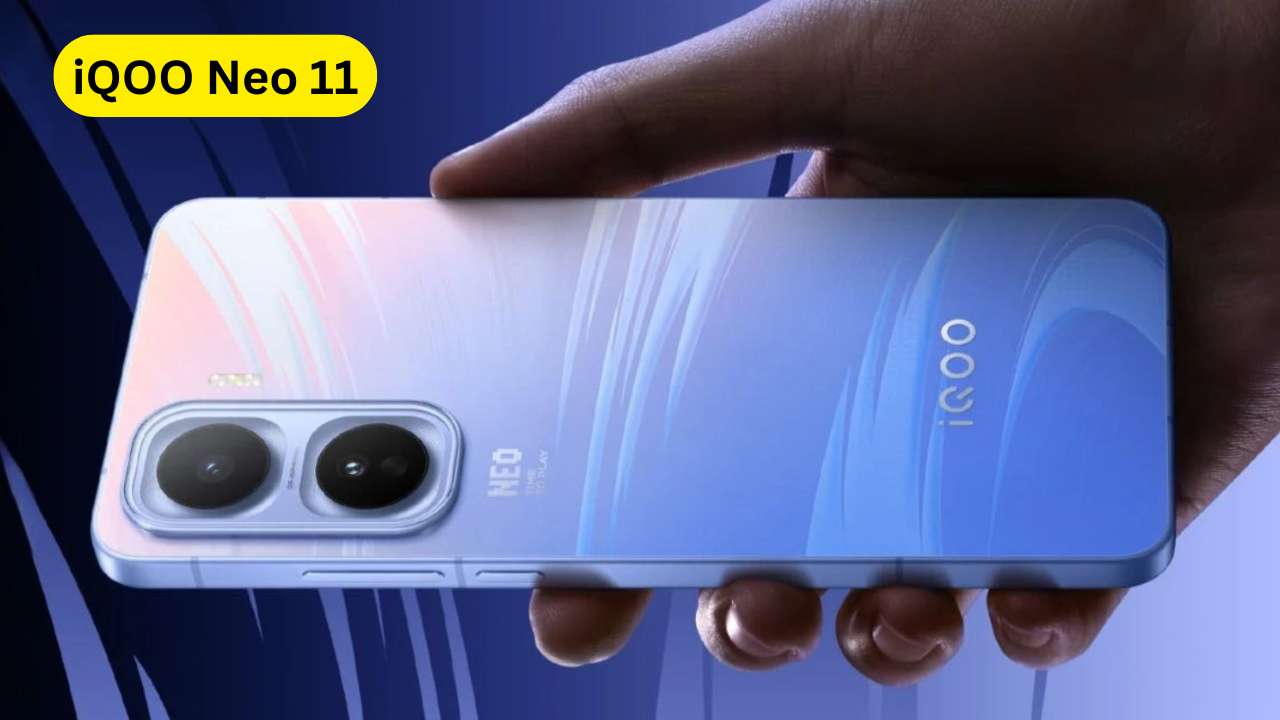5 Interesting Facts About Vikram 3201: India has made history in the field of technology with the launch of Vikram 3201, the country’s first-ever indigenous microprocessor. Developed under the ‘Make in India’ and ‘Atmanirbhar Bharat’ initiatives, this achievement marks a giant leap in the nation’s ambition to establish self-reliance in critical semiconductor technology. For decades, India has relied heavily on foreign microchips from Taiwan, China, and the US. The Vikram 3201 now stands as a symbol of India’s determination to reduce dependency on imports and emerge as a global tech leader.
The microprocessor was designed by the Indian Space Research Organisation (ISRO) to support the nation’s space program, but its impact extends far beyond. With capabilities that meet international standards, the Vikram 3201 can withstand extreme conditions, process complex data, and support critical applications in defense, aerospace, and civilian industries. It is not just a technical breakthrough—it is a strategic move that strengthens India’s position in the global semiconductor market.
The unveiling of Vikram 3201 comes at a time when the world is facing semiconductor shortages and geopolitical uncertainties in chip supply chains. By creating its own processor, India not only secures its technological future but also positions itself as a competitive hub for semiconductor design and manufacturing. Below are five interesting facts that highlight why Vikram 3201 is such a monumental achievement for India.
1. A True Upgrade for India’s Space Program
The Vikram 3201 is a 32-bit microprocessor, a significant step up from its predecessor, the 1601, which was limited to 16-bit computing. The upgrade enables the processor to handle more data simultaneously, boosting efficiency and performance. Designed specifically for ISRO’s space missions, the chip is space-grade and highly reliable, making it ideal for spacecraft operations that demand speed, accuracy, and durability.
2. Reliable Even in Extreme Conditions
What makes the Vikram 3201 exceptional is its ability to withstand extreme environments. The chip can function flawlessly at temperatures ranging from -55°C to 125°C, ensuring reliability in the most challenging conditions of space. Satellites, rovers, and spacecraft are exposed to intense temperature fluctuations, and Vikram 3201 has been engineered to endure such extremes without performance degradation.
Also read: Amazon Launches Lens Live: Shop Instantly by Scanning Items with Your Camera
3. Built for Safety-Critical Applications
The microprocessor is designed with safety and reliability at its core. It supports the Ada programming language, which is globally recognized for its dependability in mission-critical systems. Ada is widely used in satellites, air traffic control systems, launch vehicles, and defense applications. By supporting Ada, Vikram 3201 ensures that India’s space and defense systems can function with high reliability and low risk of failure.
4. Boost to ‘Make in India’ and Global Competitiveness
The development of Vikram 3201 is a major milestone for the ‘Make in India’ initiative. It proves that India can design and build semiconductors that meet international benchmarks, reducing reliance on chip imports from other countries. Beyond space and defense, the Vikram 3201 opens doors for domestic chip manufacturing in sectors such as automobiles, consumer electronics, and home appliances, strengthening India’s position in the global semiconductor supply chain.
5. Economic and Job Creation Potential
India’s semiconductor mission is backed by strong government support, with $18 billion in investment across 10 fabrication plants. Industry giants like Tata Electronics, HCL, and Foxconn are part of this ecosystem, ensuring large-scale manufacturing capabilities. By 2026, the semiconductor industry in India is expected to generate over 300,000 jobs. By 2030, India aims to be a key player in the $100 billion global semiconductor market, positioning itself as both a producer and exporter of advanced microchips.
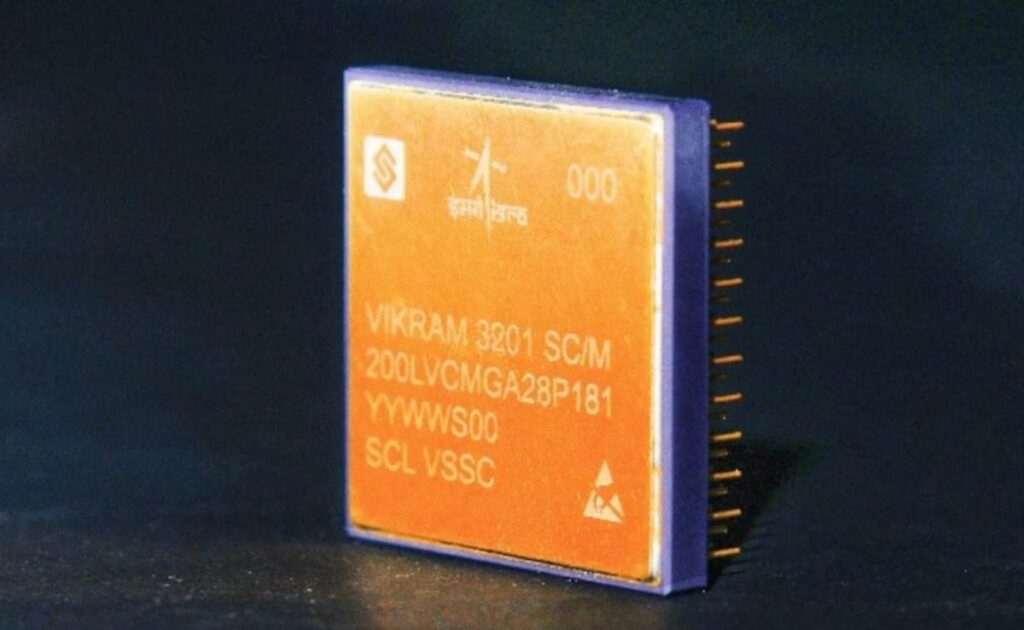
Features of Vikram 3201
| Feature | Specification |
|---|---|
| Processor Type | 32-bit microprocessor |
| Predecessor | 1601 (16-bit) |
| Designed By | ISRO (Indian Space Research Organisation) |
| Primary Use | Space-grade applications |
| Temperature Range | -55°C to 125°C |
| Programming Language Support | Ada (reliability for safety-critical systems) |
| Applications | Satellites, launch vehicles, defense, aerospace, automobiles, electronics |
| Strategic Significance | Reduces dependency on foreign chips, supports ‘Make in India’ |
| Economic Impact | Expected to generate 300,000+ jobs by 2026 |
| Global Goal | Strengthen India’s role in the $100B semiconductor market |
Conclusion
The launch of Vikram 3201 is more than just a technological achievement; it is a national milestone that strengthens India’s sovereignty in the semiconductor industry. By moving from reliance on imported chips to developing space-grade microprocessors domestically, India has proven its capability to compete on the world stage.
The processor’s 32-bit architecture, extreme durability, and Ada language support make it highly suitable for mission-critical operations, particularly in space and defense. But its applications extend well beyond, potentially shaping the future of India’s automotive, consumer electronics, and digital economy.
From an economic standpoint, the Vikram 3201 plays a pivotal role in India’s semiconductor mission, which is expected to create millions of jobs and attract billions in investment. It also helps India secure its place in the global semiconductor supply chain, reducing vulnerabilities to international disruptions.
In short, the Vikram 3201 is not just a microprocessor—it is a symbol of Atmanirbhar Bharat and a stepping stone toward making India a global hub for semiconductor innovation and manufacturing.
Frequently Asked Questions
1. What is Vikram 3201 and why is it important?
Vikram 3201 is India’s first fully indigenous 32-bit microprocessor, designed by ISRO. It is important because it marks India’s entry into the global semiconductor race, reduces dependence on imports, and strengthens national self-reliance under the ‘Make in India’ initiative.
2. How does Vikram 3201 compare to its predecessor, the 1601?
The earlier 1601 was a 16-bit processor, whereas the Vikram 3201 is a 32-bit chip, allowing it to handle more data at higher speeds. This upgrade makes it more efficient and powerful, especially for complex applications like space missions.
3. In what industries can Vikram 3201 be used?
While initially designed for space and defense applications, Vikram 3201 can also be adapted for automobiles, consumer electronics, industrial machinery, and home appliances. Its versatility makes it valuable across both government and civilian sectors.
4. Why is Ada programming language support significant?
Ada is a programming language globally recognized for safety and reliability. It is widely used in satellites, air traffic control, defense systems, and aerospace applications. By supporting Ada, Vikram 3201 ensures high reliability in mission-critical tasks.
5. How will Vikram 3201 impact India’s economy?
Vikram 3201 is part of India’s semiconductor mission, supported by $18 billion in planned investments. By 2026, the sector is expected to create over 300,000 jobs and by 2030, India aims to capture a significant share of the $100 billion global semiconductor market, boosting exports and strengthening its tech-driven economy.
